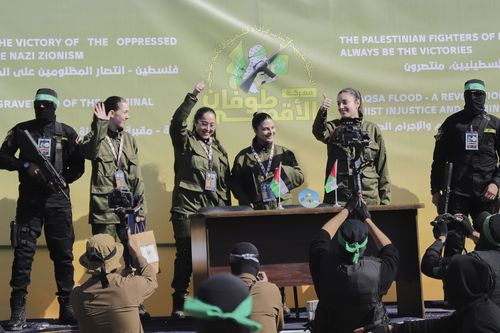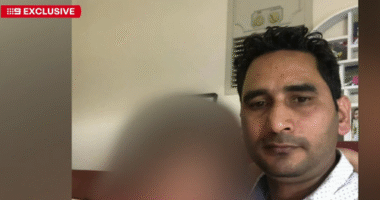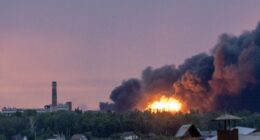Israel was set to release 200 Palestinian prisoners or detainees later in the day as part of the fragile ceasefire in the Gaza Strip.
The four smiled broadly, waving and giving thumbs-up from a stage in Palestine Square in Gaza City. They were flanked by militants on either side and a crowd of thousands watching. Subsequently, they were escorted to waiting Red Cross vehicles.

In a statement released on Saturday, the ministry responsible for overseeing police forces announced that Palestinians would have the ability to travel by foot between southern and northern Gaza via the coastal Rashid road.
After the completion of the initial six-week phase of the agreement, the future remains uncertain. However, many are hopeful that it will bring an end to a conflict that has devastated wide areas of Gaza, displaced the majority of its inhabitants, and left hundreds of thousands of individuals facing the threat of famine.
The conflict began with a cross-border attack led by Hamas on October 7, 2023, when Palestinian militants killed some 1200 people, mostly civilians, and took around 250 others hostage.
More than 100 hostages were freed in a weeklong truce the following month. But dozens have remained in captivity for over a year with no contact with the outside world. Israel believes at least a third of the more than 90 captives still inside Gaza were killed in the initial attack or died in captivity.
While many rejoiced in Tel Aviv’s Hostage Square after the four soldiers were released Saturday, some worried about the fate of those still in captivity.
“It’s hard that she’s still there,” said Yoni Collins, a family friend of Agam Berger, the fifth female soldier taken from Nahal Oz base who’s still being held in Gaza.
“There were five girls, four are out and now she’s there alone,” he said. “We’re just waiting for her to come home.”
Israel’s air and ground war, one of the deadliest and most destructive in decades, has killed over 47,000 Palestinians, according to local health officials, who do not say how many were militants. They say women and children make up more than half the fatalities.










